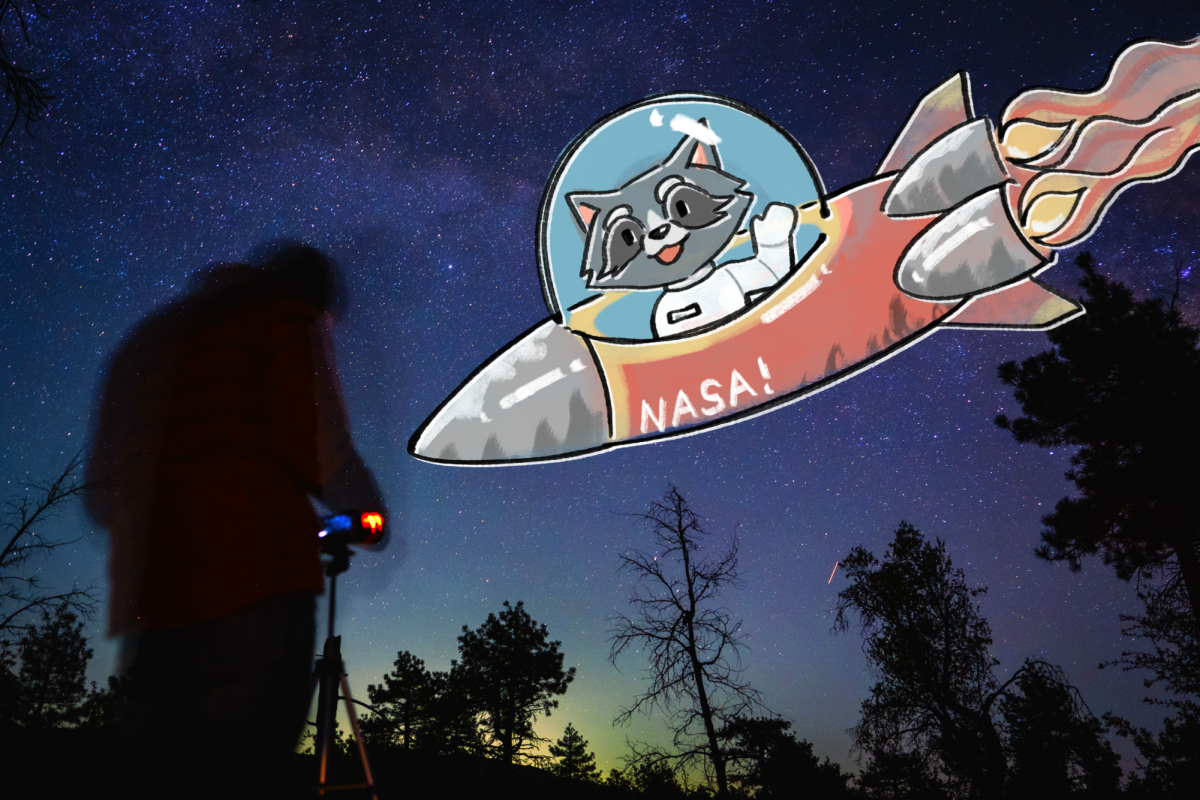Global warming is causing changes in the Earth’s rotation, altering the process of global timekeeping. This is according to Scripps Institution of Oceanography geophysicist Duncan Agnew in his recently published paper, featured in an issue of Nature on March 27. The negative discontinuities in the Earth’s rotation rate could pose a challenge to the worldwide coordination of time as we know it.
Historically, humans derived time from the number of seconds it took the Earth to rotate on its axis once. Due to the Earth’s varying rotation speed, timekeeping could no longer rely solely on the seconds recorded from the Earth’s rotation cycles.
The Coordinated Universal Time keeps our interconnected network of devices such as smartphones, computers, and watches in sync. UTC consists of discontinuities known as leap seconds that were implemented in 1972 to mitigate the inconsistent rotation of the Earth that in a year would accumulate almost a full second more than the yearly amount of seconds recorded from atomic clocks. In other words, since the Earth doesn’t rotate at the same speed all the time, there is a difference between what the atomic clocks that scientists use measure and how many seconds the Earth actually rotates. An extra second is added to our standard time whenever Earth’s natural clock is ahead due to its rapid rotation. This ensures that our clocks stay in sync with the time measured by Earth’s rotation. According to Engineering at Meta, 27 leap seconds have been added to UTC since they were first implemented.
Due to the rapid effect global warming has on timekeeping, Agnew suggests that by the year 2029, UTC will call for a negative leap second, making minutes 59 seconds. The variation in Earth’s rotation rate can be explained by the slowing down of Earth’s core and the melting of polar ice.
In the 1950s, SIO scientists Roger Revelle and Walter Munk proposed the idea that the inner core rotates separately from the rest of the Earth and has an influence on the speed of the planet’s overall rotation. The Earth’s spin rate changes due to its angular momentum, which is how the distribution of mass affects how fast something rotates. Essentially, if a large mass moves away from the center of rotation, the object will rotate faster. The Earth’s angular momentum is then affected by the inner core that provides Earth with inertia, an unchanged state an object remains in unless acted upon by an external force. If there is a change in the core, then all the variables that affect the Earth’s rotation will be altered, including the inertia and angular momentum.
This process is like a domino effect; thus, the Earth’s rotation rate changes as well. Movement in the core is said to have gradually slowed down since 1972, causing the Earth to rotate more rapidly now. If the rotation of the Earth continues to speed up at this rate, our days will become shorter, and atomic clocks will need negative leap seconds to adjust.
Global warming warms the polar regions, which ultimately transfers large masses of water from the poles to the equator. When land ice melts in the polar regions, the water that was originally stored in ice flows back into the oceans. This redistribution of water throughout the ocean causes the Earth’s rotation rate to speed up or slow down. A decrease in rotation rate delays any decisions regarding the implementation of the negative leap second for now.
Negative leap seconds are unknown territory; it’s uncertain if the removal of a “leap integer” is even possible. Various device systems implement leap seconds differently, making it difficult to know whether or not all devices can sync.
“One possibility would be to have larger discontinuities at infrequent but regular intervals; as the Julian calendar showed, an algorithmic procedure is much easier to manage than an irregular one,” Agnew writes in his paper, addressing the need for remedies to possible consequences brought upon by negative leap seconds. This would make it so that any leap seconds added or removed are planned and regulated, rather than just random.
“One second doesn’t sound like much, but in today’s interconnected world, getting the time wrong could lead to huge problems,” he adds.










Randy • Jul 26, 2024 at 5:02 pm
I’m confused. According to the conservation of angular momentum the rotation should be SLOWER not faster.